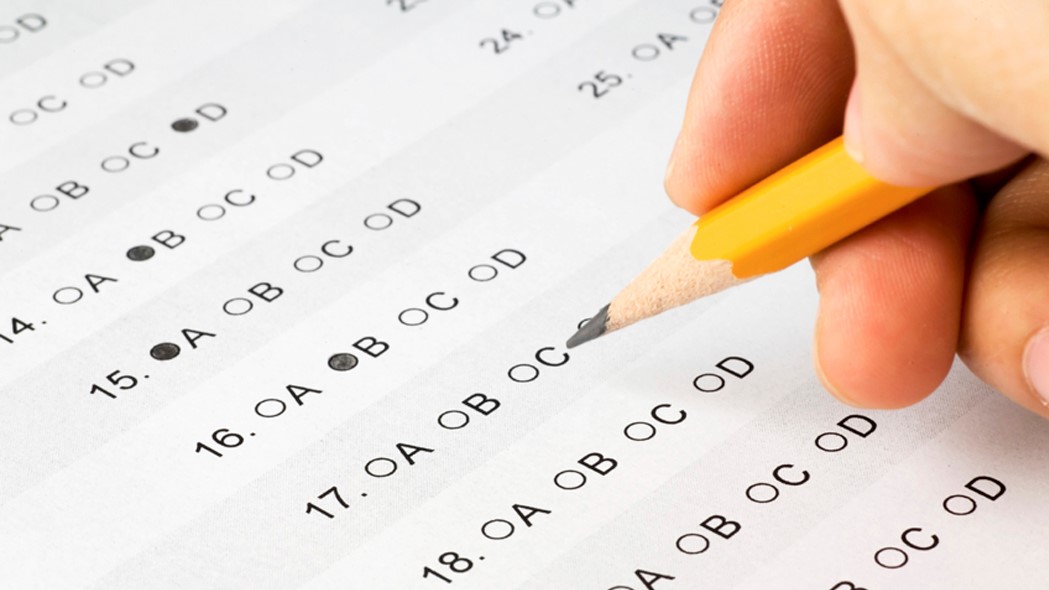The pandemic has forced people to accept a lot of changes, but Americans aren’t too sure doing a makeover of standardized testing is one of them. In fact, Americans are divided on the effectiveness of the exams themselves.
Standardized tests in the United States date back to the 19th century and were used as a metric to gauge school outputs and teaching quality. Since then, testing has evolved to better understand students’ comprehension in subjects such as math, reading, writing, science, and history.
After the No Child Left Behind Act (NCLB) was signed into law in 2002, standardized testing became more prominent. In order for public schools to receive federal funding, they had to administer standardized tests. According to the Pew Center for the States, annual state spending on standardized tests nearly tripled, climbing to almost $1.1 billion in 2008 from $423 million before NCLB was enacted.
Now, two decades later, what do Americans think of standardized testing? And, are test scores as important as they once were?
Let’s start with the most famous tests — college admission products like the SAT and ACT. In a March 2022 Pew Research poll, conducted by Ipsos, 39% of Americans said scores on standardized tests should be a “major factor” in college admissions, while 46% said they should be a “minor factor.” Just 14% believed they should not be a factor at all.
More colleges and universities have gone test-optional since the pandemic, but Americans aren’t sold on getting rid of tests entirely. Without standardized tests, colleges rely on transcripts, class rank, and admission letters to accept students.
And, the debate on standardized testing also involves younger school-aged children.
Across the country, K-12 students participate in testing called the Common Core State Standards Initiative. The Common Core standards are similar across all states and allow different schools, states, and districts to compare their students’ proficiency in different subjects.
In 2015, Braun Research asked Americans whether they favored or opposed the Common Core state tests for K-12 students. Americans were divided with 50% saying they favored the tests, 41% said they didn’t, and 9% indicating they were unsure.
During the last two decades, public schools have been given financial incentives to perform well on these tests. In 2009, President Barack Obama signed the Race to the Top program into law. The legislation allowed states to compete for $4.35 billion in extra funding based on statewide test score averages.
How did that play with Americans? Divided again.
According to a 2013 National Opinion Research Center and Associated Press poll, Americans were split over monetary incentives in standardized testing. Half said they favored paying teachers more money if students performed better on standardized tests.
While nearly all schools have been fully in-person since the start of 2022, meaning testing can be resumed, the pandemic gave Americans a reason to take a new look at standardized tests.
Some public school districts have responded by offering alternative methods to fulfilling graduation requirements beyond standardized testing and, as we’ve seen, more colleges and universities have reconsidered mandatory SAT or ACT scores.
Still, the future of standardized testing is complicated as Americans disagree over both the requirements to take tests and the value of the tests themselves. What does seem certain is educators, legislators, and parents will continue to tinker with standardized testing until a solid majority of Americans choose a side.
This post was written by Marist Poll Media Team student Greta Stuckey.

